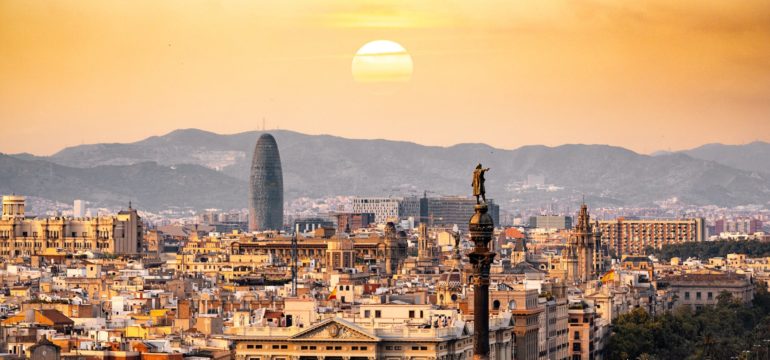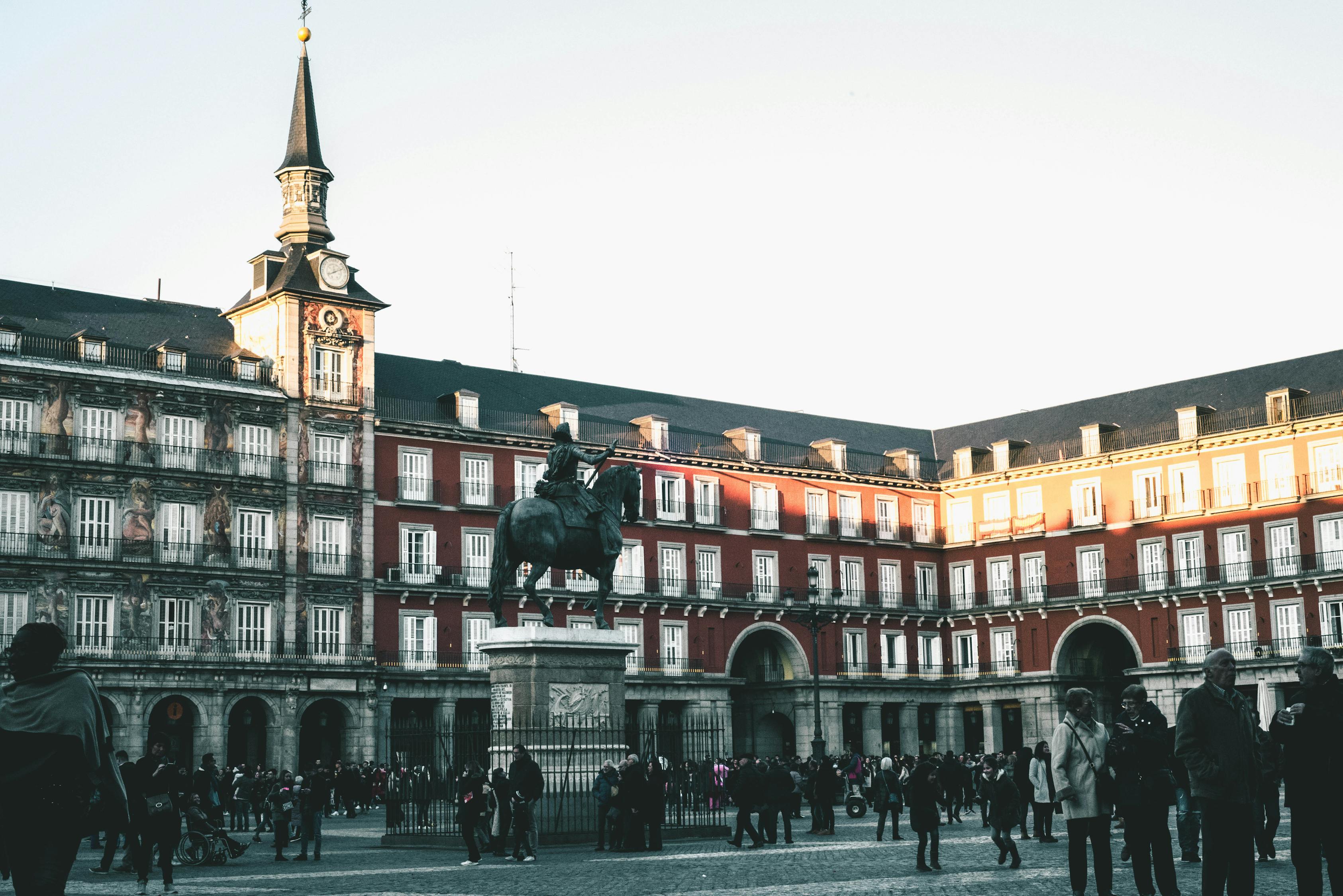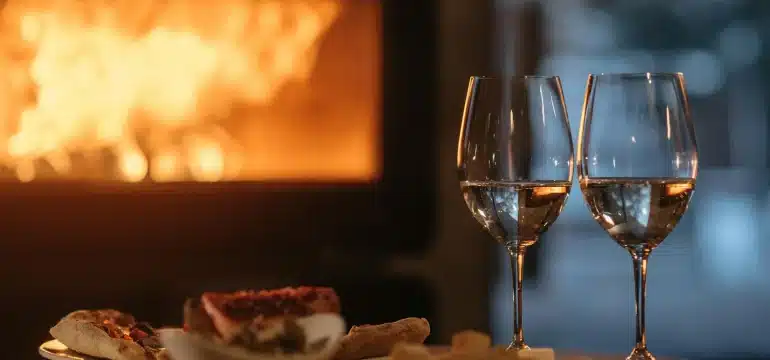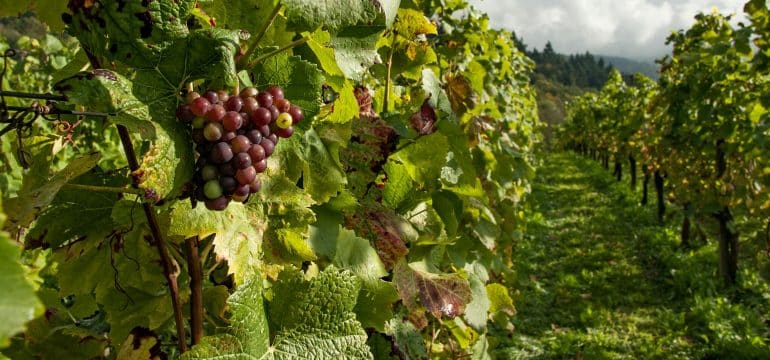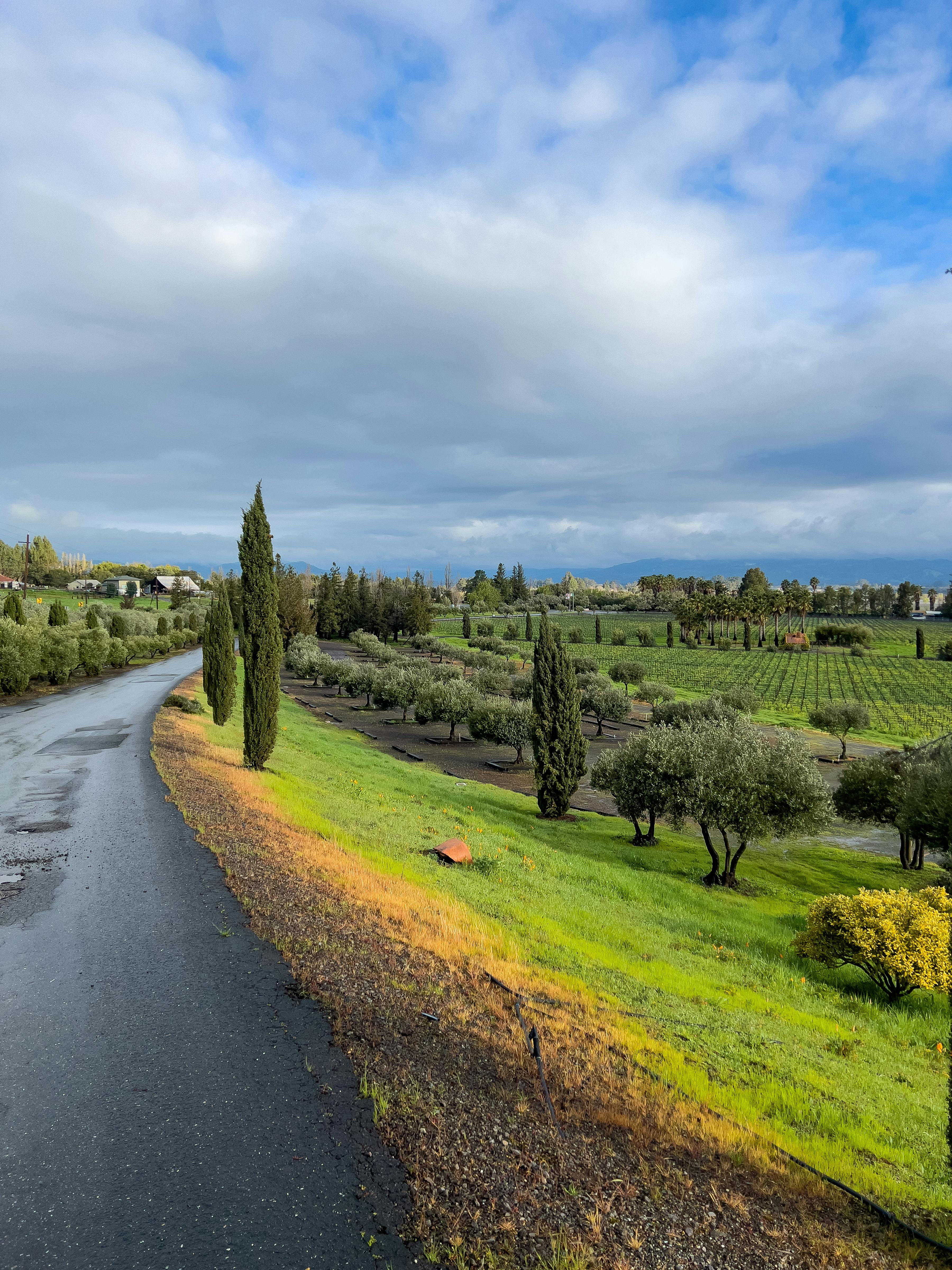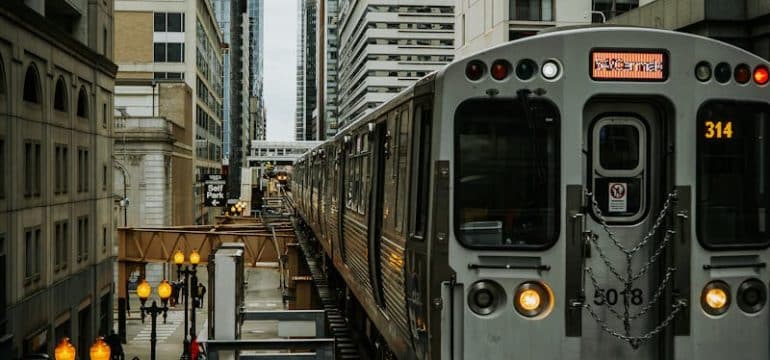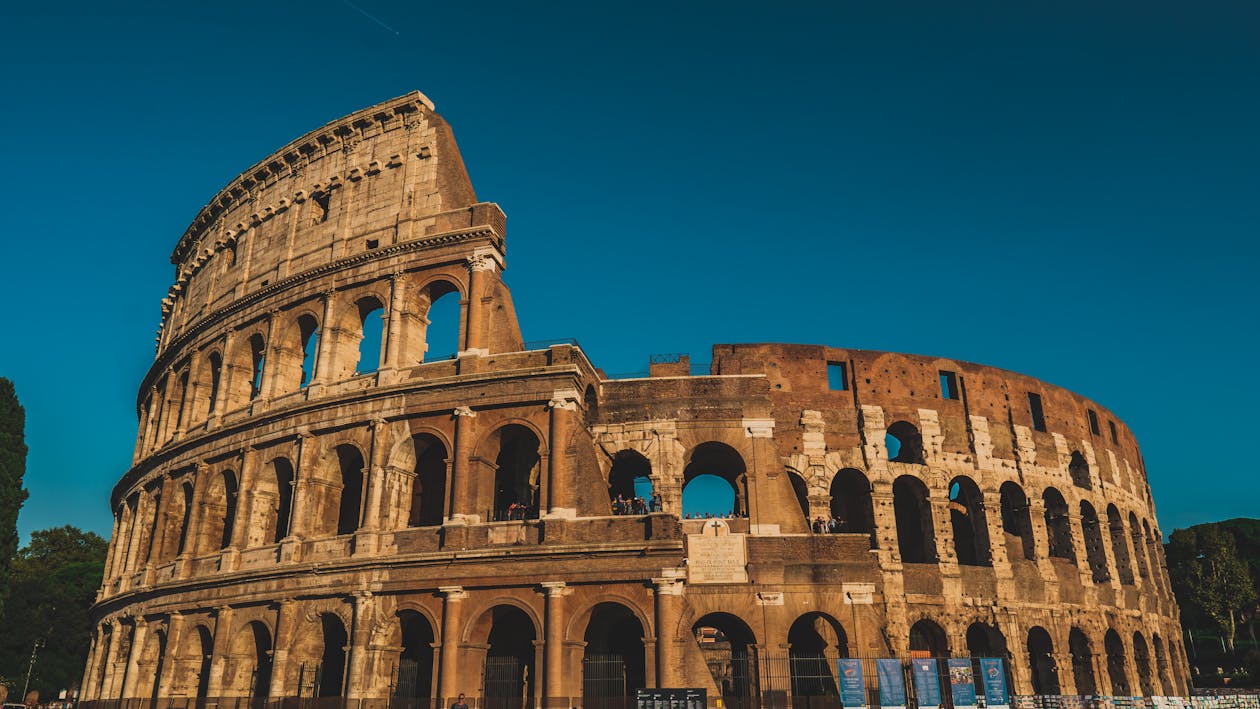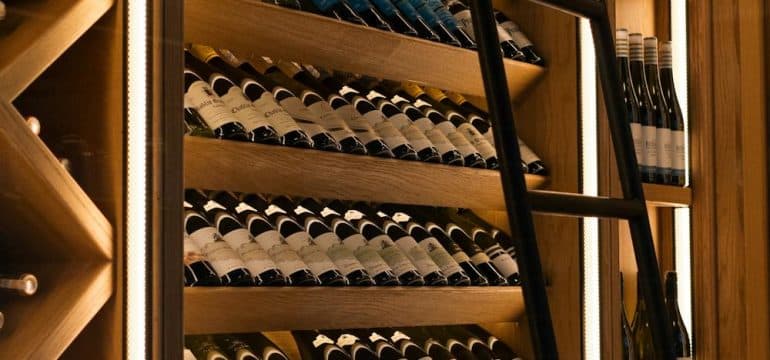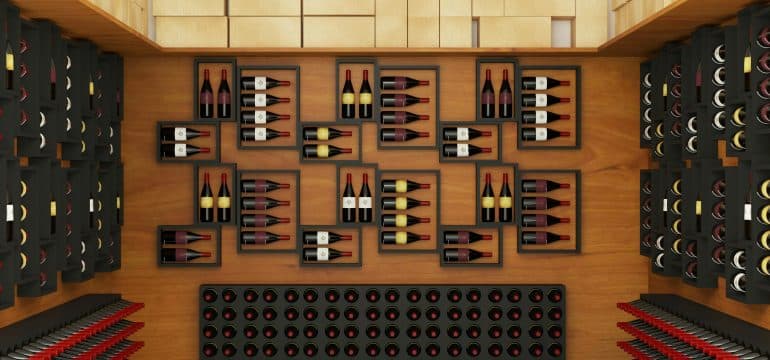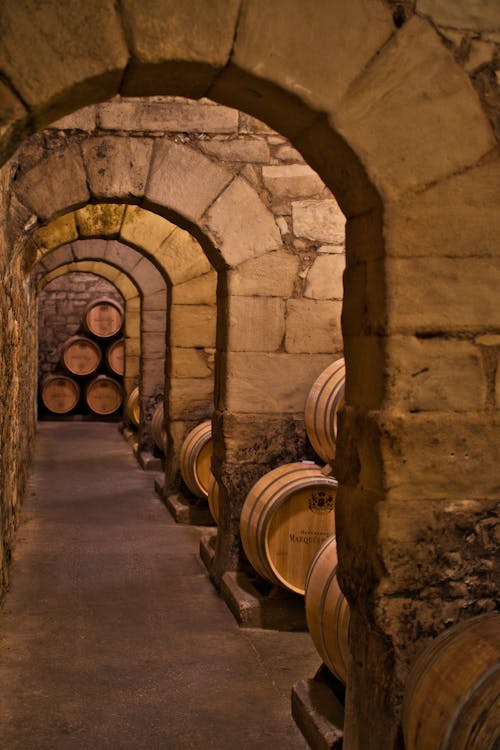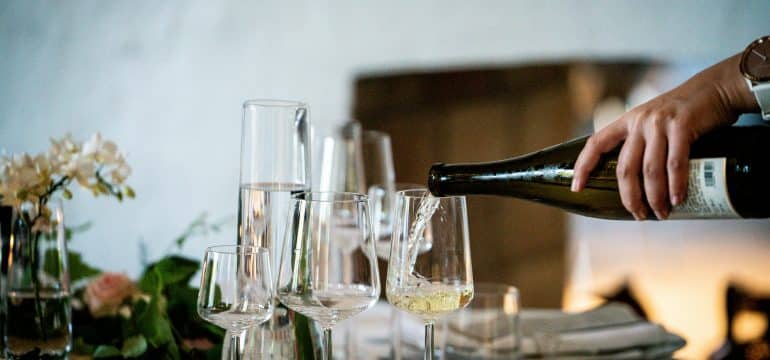The sun-drenched hills of Rioja paint a picture no Instagram filter can match. Standing at the vineyard’s edge, watching the morning light dance off Frank Gehry’s titanium masterpiece at Marqués de Riscal. This is where centuries-old winemaking tradition crashes into mind-blowing modern architecture and trust me, you need to see it to believe it.
Why Rioja Should Be Your Next Wine Adventure
Have you ever tasted history in a glass? That’s what Rioja does best. As Spain’s first DOCa wine region (think of it as the Harvard of wine credentials), Rioja isn’t just making wine, it’s crafting liquid art. But here’s the kicker: Rioja went bold while other wine regions played it safe. Imagine sipping a complex Tempranillo inside a building that looks like it’s from the year 3000.
Must-Visit Wineries That’ll Blow Your Mind
1. Marqués de Riscal
- Think Guggenheim meets vineyard
- Rainbow-colored titanium waves catch sunlight like a disco ball
- Pro tip: Book the wine-and-architecture tour – thank me later
2. Bodegas Ysios
- A roof that ripples like wine in your glass
- Santiago Calatrava’s architectural magic trick
- Perfect sunset photo spot (your Instagram will thank you)
Beyond the Bottle: Rioja’s Hidden Gems
Skip the tourist traps. Here’s what the locals don’t tell you:
- The underground cellars of Laguardia hold secrets older than Columbus
- Haro’s Wine Battle in June turns everyone into a purple-stained warrior
- Those little bars in Logroño? They serve free tapas that’ll make you weep with joy
When to Visit (Without the Crowds)
October is your sweet spot. The grape harvest wraps up, temperatures chill out, and the vineyards explode in fall colors. Plus, you’ll hear yourself think in the tasting rooms.(because of less crowd)
Make Your Rioja Trip Unforgettable
- Stay in a wine hotel (some have spa treatments using grape seeds)
- Take a hot air balloon ride over the vineyards
- Learn to pair wine like a pro at a local bodega
Local Food Secrets
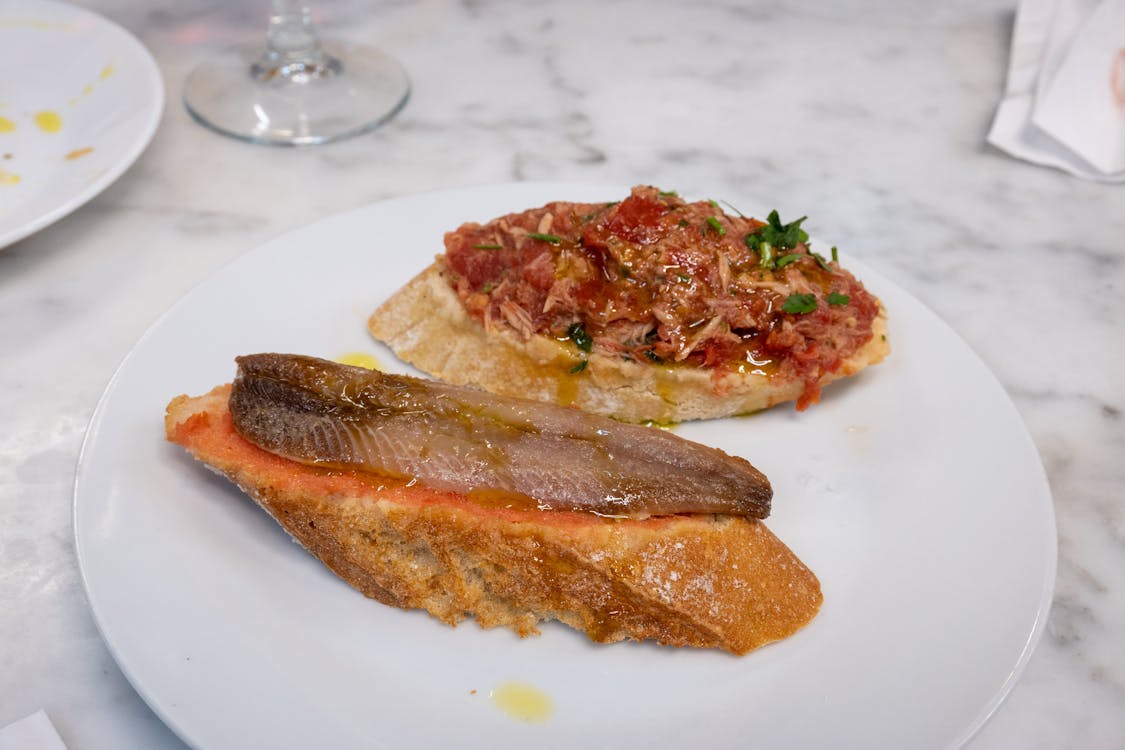
Your taste buds haven’t lived until they’ve tried:
- Patatas a la rioja (potatoes that’ll ruin all other potatoes for you)
- Lamb chops grilled over vine shoots (that’s how the locals do it)
- Pimientos del piquillo (sweet peppers that taste like candy for grown-ups)
Ready to Book Your Rioja Adventure?
The best part? Rioja is just a 4-hour drive from Madrid, and close to 5 hours from Barcelona Rent a car, grab a map (yes, an actual paper map – trust me on this), and discover why this region is Spain’s best-kept secret. You can also travel by train from Barcelona and Madrid and enjoy the scenery on your way there.



